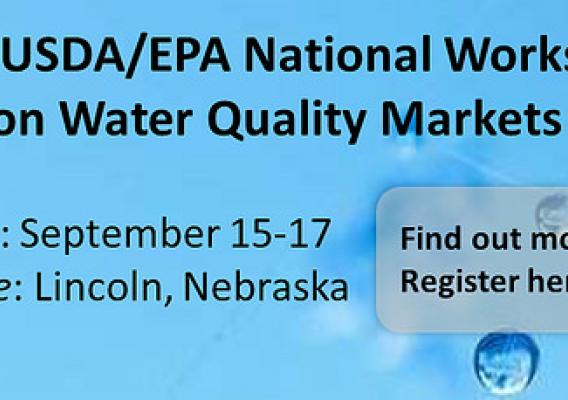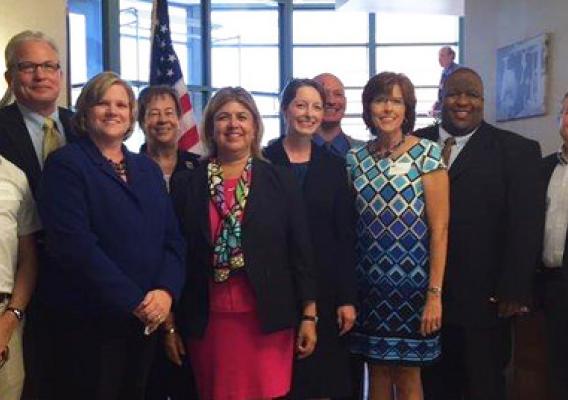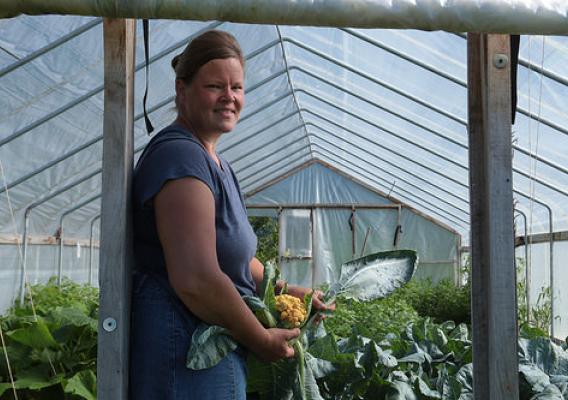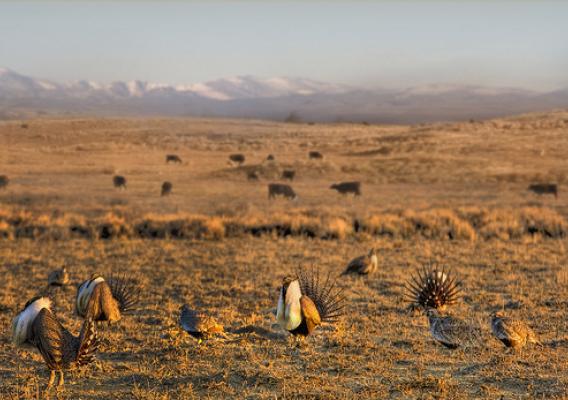I was thrilled to join USDA colleagues at the first-of-its-kind “Local Foods for Local Tables” conference in Omaha, Neb., on Friday, Aug. 14, 2015. USDA Rural Development (RD) State Director Maxine Moul and the office of Congressman Brad Ashford led the effort to bring together groups and community members with the common goal of promoting local foods. Along with RD state leadership, the event featured Farm Service Agency (FSA) State Executive Director Dan Steinkruger and Natural Resources Conservation Service (NRCS) State Conservationist Craig Derickson, all of whom serve on the Nebraska State Food and Agriculture Council (SFAC). They brought together a panel of public servants who are experts in their field, as well as community leaders who are on the front lines of bringing fresh, healthy food to the American table.
With more than 150 people in attendance, there was tremendous energy in the room. The discussions were lively and the ideas inspired! For everyone sitting in the room – whether a volunteer gardener or a state conservationist – it was a great opportunity to learn about programs and initiatives right in their backyard that are supporting local and regional food systems. I had the privilege of serving as the keynote speaker during the luncheon, which was prepared using delicious, locally-sourced foods. I shared how my agency, the Agricultural Marketing Service (AMS), plays a key role in providing technical assistance, awarding grants, and conducting research that contribute to ongoing efforts in Nebraska and across the country to strengthen local and regional food systems. Elanor Starmer from the Office of the Secretary also attended and talked about the Department-wide Know Your Farmer, Know Your Food initiative to support local food.










